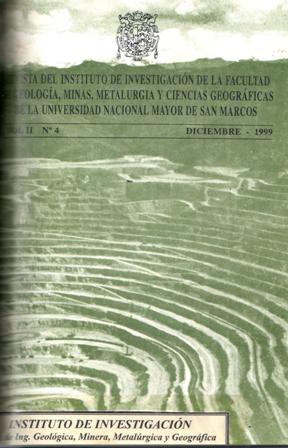Modeling of the thickening phenomenology in the treatment of metallurgical tailings
DOI:
https://doi.org/10.15381/iigeo.v2i4.2184Keywords:
clean technologies, waste emissions, process integration, environmental management, solid-liquid separationAbstract
Advanced strategies for the design of clean technologies are characterized by reducing waste emissions, reducing their generation at the source itself and implementing measures to reduce water consumption, recover material and energy resources through recycling and integration of processes and an adequate selection of raw materials. Along with this, emphasis has been placed on the development of effective environmental management practices. [1] The design of clean processes is based on the use of classical engineering tools, to conceive a production scheme that considers both technical-economic and environmental aspects. These objectives are compatible, since the environmental impact can, in part, be reduced by increasing the overall productivity of the process. In many cases, modifications with low capital requirements have led to significant increases in productivity and a reduction in waste generation. [1] In this context, this research shows the phenomenology of solid-liquid separation to optimize tailings management and the recovery and / or subsequent treatment of process water in metallurgical plants, in such a way that the thickener that acts As a lung can work optimally, we can find the physicochemical and rheological properties of the pulps. Likewise, they will be useful to establish their adequate final disposition.
Downloads
Published
Issue
Section
License
Copyright (c) 1999 Daniel F. Lovera Dávila, Alfredo Palomino Infante

This work is licensed under a Creative Commons Attribution-NonCommercial-ShareAlike 4.0 International License.
AUTHORS RETAIN THEIR RIGHTS:
a. Authors retain their trade mark rights and patent, and also on any process or procedure described in the article.
b. Authors retain their right to share, copy, distribute, perform and publicly communicate their article (eg, to place their article in an institutional repository or publish it in a book), with an acknowledgment of its initial publication in the Rev. Inst. investig. Fac. minas metal cienc. geogr.
c. Authors retain theirs right to make a subsequent publication of their work, to use the article or any part thereof (eg a compilation of his papers, lecture notes, thesis, or a book), always indicating the source of publication (the originator of the work, journal, volume, number and date).























